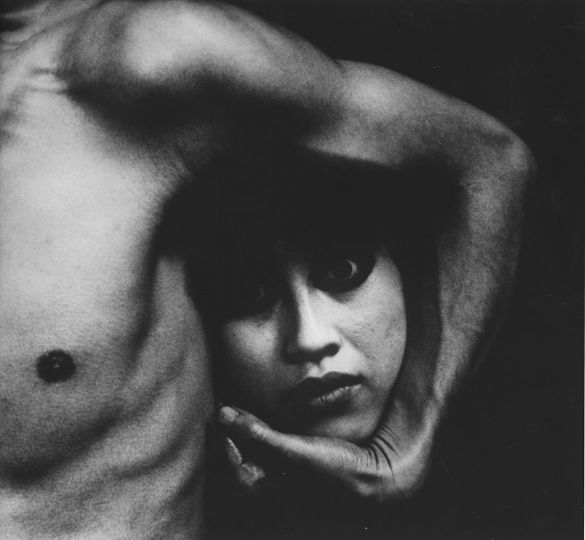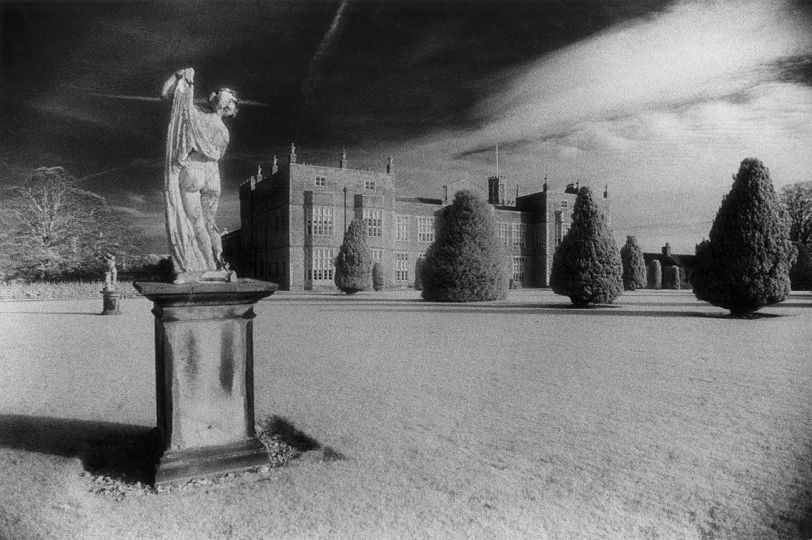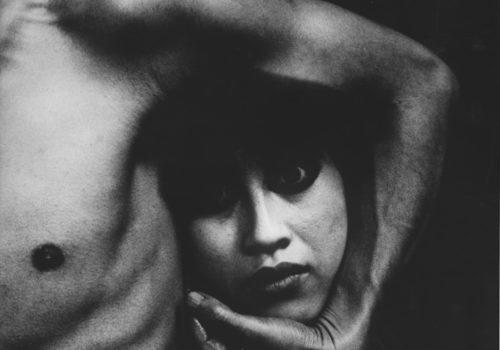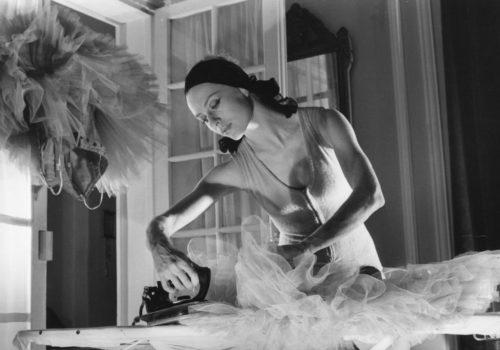Where does your photography come from?
Dimitri Daniloff : My photography comes from observing people, the world. I treat my subject like a work of reportage: I don’t influence it, I don’t direct it, I let it be and capture the moment I’m looking for. I intervene in this reality only to alter a part of it so it conforms to what I had in mind. By changing a part of that reality, I make the invisible visible.
When is the decisive moment for you?
D.D : The decisive moment for me is when I see my subject for the first time. It’s not necessarily the moment I’m holding a camera. For example, in the series Un autre bout du Monde I saw my subject for the first time on a train platform between two tracks: a man without baggage sitting on a bench. I tuned out of everything else and could only see this man sitting in the middle of nowhere. He didn’t even look like he was waiting for a train. The way time was suspended, and the isolation of this figure, filled me with so many questions. So I tried to reproduce that image in several places.
What inspired your work or your series?
D.D : In the series Mobilier Urbain (Urban street furniture), the inspiration came when I met the Parkour group Graviteam. Parkour is a kind of urban acrobatics. It can be very spectacular, but that wasn’t what interested me. Instead, I found that the relationship they’ve established with the environment is both strong and dependent. So I wanted to showcase that relationship.
What link is there between your commercial work and your artistic work?
D.D : The most obvious link is the use of modern tools like Photoshop and 3D. But it’s especially linked to the inspiration found by the artistic direction in the images created by the photographer, and the importance of personal creation, which in turn feeds into the work.
Which is a bigger priority: a large ad campaign or a gallery show?
D.D : Both, one finances the other.
What do you think are the current trends in photography today?
D.D : It’s difficult to respond to that question because there are so many. But I think we can distinguish two principles. On the one hand, there’s “pure” photography, which means that whether it’s shot on film or digital, Photoshop isn’t used to correct the color or contrast (the same thing is done in photo labs with film). Then there’s “trick” photography that relies on 3D and Photoshop.
The response to a question I didn’t ask?
D.D : “Can we trust in your images?”
I’ll let this question go unanswered because I enjoy the ambiguity in our time between reality and the virtual. The world between the two has been called “augmented reality,” and I think that’s a fair description of my photographs.
After starting out as an assistant photographer in Europe and the United States, Dimitri Daniloff (b. Paris, 1970) began his career as an independent photographer in 1998, marked from the outset with the desire to tell futuristic and subversive stories through photography.
REPRESENTATION
FRANCE : FLORENCE MOLL – www.florencemoll.com
UK : TERRI MANDUCA – www.terrimanduca.co.uk
GERMANY : MARLENE OHLSSON – www.ohlsson.de
USA : LEVINE/LEAVITT – www.llreps.com
Interviewed by Séverine Morel
















